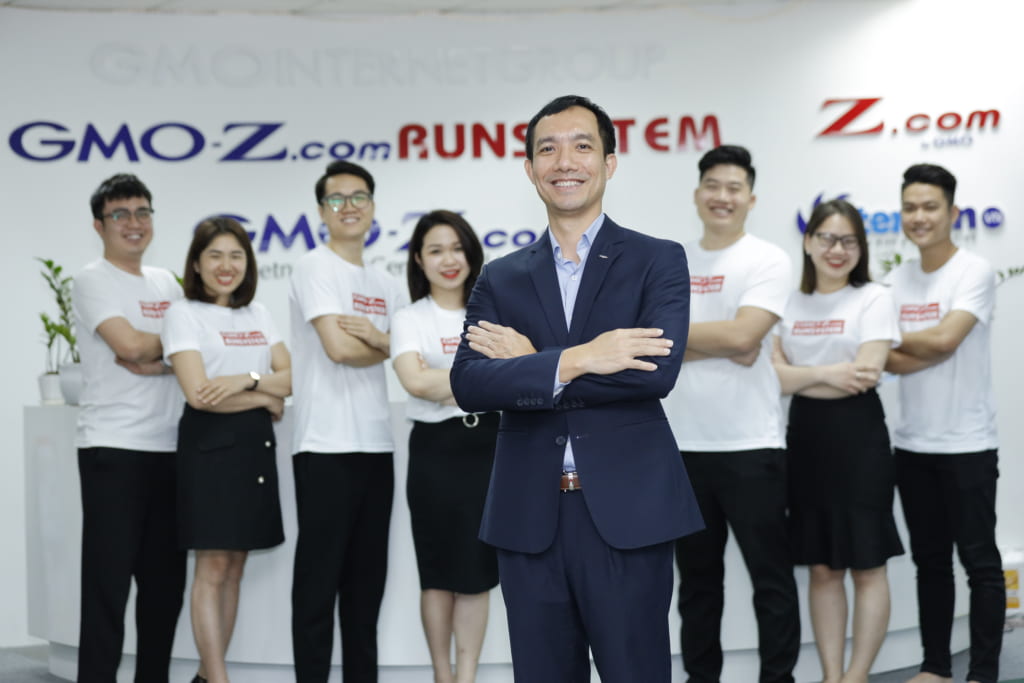Constant technology evolutions often lead to outdated systems and low performance. With our legacy application migration services, you are constantly modernized to adapt to the changing business needs of lower costs and fewer risks.
- Improved Performance: Legacy migration can lead to improved system performance, as newer technologies are often faster and more efficient than older ones.
-
Scalability: Legacy systems often lack the ability to scale, making it difficult for businesses to handle increased demand or growth. By migrating to newer technologies, businesses can ensure that their systems are scalable and can accommodate future growth.
-
Cost Savings: Maintaining and upgrading legacy systems can be costly, as it requires specialized knowledge and resources. Migrating to newer technologies can help businesses reduce maintenance and support costs in the long run.
-
Integration: Legacy systems often lack the ability to integrate with newer technologies or third-party applications, making it difficult to streamline business processes.
-
Security: Legacy systems can be vulnerable to security threats, as they may lack the latest security features and updates. Migrating to newer technologies can help businesses ensure that their systems are secure and protected against potential cyber threats.
-
Business Continuity: Legacy systems can be difficult to maintain and may be prone to downtime, which can disrupt business operations. By migrating to newer technologies, businesses can ensure that their systems are reliable and provide continuous service.




